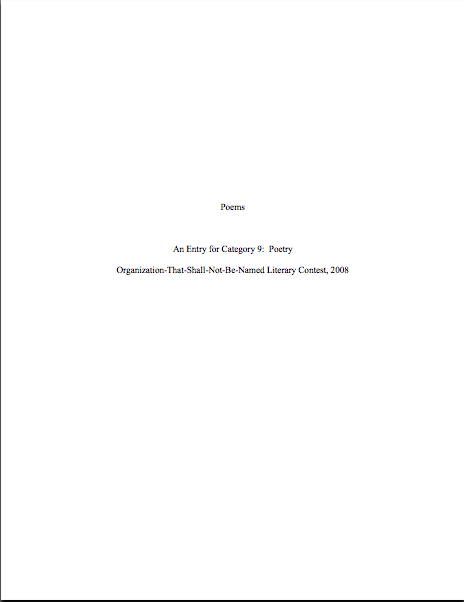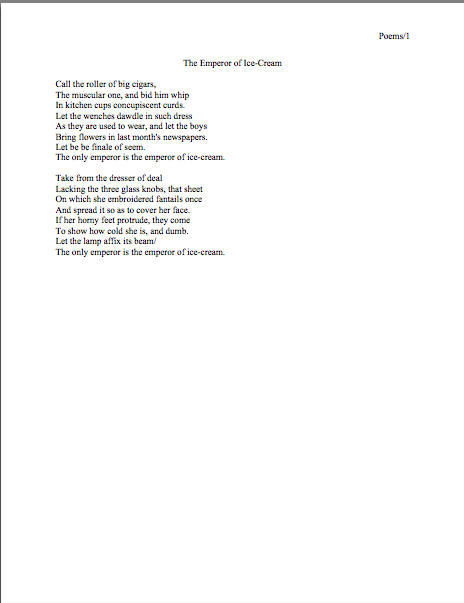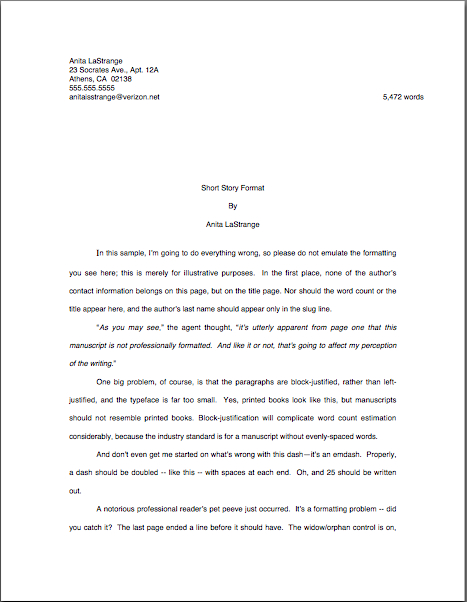
Anne contemplates her past at Harvard.
Before I launch into today’s topic, I wanted to give you all a heads-up about an interview I have just given to that excellent French Philip K. Dick fansite, Dickien.fr on the subject of my long-delayed memoir, A FAMILY DARKLY: LOVE, LOSS, AND THE FINAL PASSIONS OF PHILIP K. DICK. For those of you who have been curious about the book (and the hold-up), this interview may answer a few questions.
Charmingly, they’ve posted it both in English and in French. I got a big kick out of that. It’s not the first time my work has been published in other tongues (I wrote for a Dutch magazine, briefly), but it IS the first time it’s been in a language I can read. It makes me sound very soigné.
Fair warning: over the last few years, most of my attempts to tell the story behind my memoir (or, to put it another way, my life before the age of 15) have resulted in nasty lawsuit threats. The question of whether I own my memories or a small corporation does is, in addition to a fabulous-sounding premise for a Philip K. Dick novel, the central fact of my writing life of late.
Call it a literary identity crisis.
In keeping with the theme of the interview, this seems like the natural moment to concentrate for a post upon a category dear to my heart: memoir. As a past PNWA Zola Award winner for best nonfiction book/memoir — for an early draft of the book mentioned above, as it happens — I have a thing or two to say on what does and doesn’t tend to make a memoir entry sing.
So let’s get right to it, shall we? Because I have been concentrating upon technicalities for the past few days, let me begin with the most important one for memoir — and the one most frequently violated:
please, I implore you, if you are submitting a memoir entry to a blind-judged contest, FOLLOW THE RULE ABOUT NOT HAVING YOUR OWN NAME APPEAR ANYWHERE IN THE MANUSCRIPT. And do bear in mind that this applies to EITHER your first OR your last name.
Actually, every contest entry everywhere should follow all the rules in the contests they enter, but this is the single most common way for memoir entries to get themselves disqualified – and the reason that for a memoir entry, you should NEVER just print up the opening chapter of your book and send it in.
Seriously, memoirists run afoul of this rule all the time, for the exceedingly simple reason that their names tend to appear a whole lot more often in their work than, say, a SF writer’s would in his. (Philip is a notable exception, of course; he created fictional characters with permutations of his own name all the time.) It’s pretty easy to overlook a single reference to the protagonist in a book that’s written in the first person.
Unless, of course, you are writing anonymously, or under a pseudonym. Even then, it is a good idea to add a note on the title page, saying something along the lines of:
since the contest forbids mention of the author’s name, I have substituted “Billie Bartolucci” throughout.
Billy Bartolucci, incidentally, was an immense linebacker at my high school, sweet enough to get a big kick out of the fact that the girls in the drama club used to claim that they were Miss Billie when some ne’er-do-well asked for their names and phone numbers. Billy sounded like Darth Vader on the phone, so the effects were sometimes dramatic.
But I digress. For those of you who have not yet tread the memoir path (which is, I notice, more or less de rigeur for a novelist who hopes to win the Nobel Prize someday), it’s practically impossible NOT refer to yourself by name in the story of your own life. Contest judges are aware of that, and become accordingly eagle-eyed.
And why is that a problem? Everybody, sing along with me now: because the judges are trying to weed out as many entries from the finalist running as swiftly as possible.
As usual, it all comes down to time.
The no-name rule, however, exists for a very good reason: for a contest to be worth its salt, it must be able to claim that its judging procedures are not biased; the first step to assuring lack of personal bias is to institute blind judging, where no judge knows the name of any given author. Now, as I explained in my earlier blogs on how to pick the right contest for you, some competitions are only apparently unbiased, but for the most part, contest organizers take authorial anonymity very seriously indeed.
So no, finding a clever way to get around the rules is not going to endear you to them. Not at one iota.
Make yourself comfortable; I’m going to tell you a little story about where such cleverness might lead. I went to college with Danny, a very clever, very ambitious writer who periodically contributed pieces to the on-campus humor magazine. Now, it was the practice of the magazine to publish all of its pieces without bylines, to encourage collaboration amongst members of the writing club.
But as I said, Danny was ambitious: he, like many of the other writers in the club, was anxious to graduate with clippings he could use to promote his work later on.
So he did something exceptionally crafty: he inserted his own name into every ostensibly anonymous piece he wrote, much as Jerry Lee Lewis used to refer to himself in his own lyrics, so radio listeners would know who sang the song. Danny’s favorite way of doing this was to have an imaginary conversation with himself, so an alter ego could address him by name, as in, “Danny boy, you’re really in trouble now!” Occasionally, he would vary it by having an authority figure yell at his narrator: “Wilson, you’re out of line!”
(For the sake of MY own credibility, and because Danny is now a fairly prominent magazine writer, I should say straightaway: to protect his identity, Wilson is not Danny’s actual last name.)
Now, as my parenthetical aside just told you indirectly, Danny’s little stratagem actually did help him generate the clippings he coveted, but he was relying upon his club’s editorial indulgence to let him get away with breaking the rules. In a contest, however,this practice would have gotten him disqualified immediately.
I bring this up not because there are legions of Machiavellian-minded rule-manglers out there — although there apparently are — but because I have seen so many contest entries that have apparently done inadvertently what Danny did on purpose. Within the first-person narrative common to memoirs, narrators tend to talk to themselves all the time, à la Hamlet: “Danny, you get ahold of yourself, now.”
And that single reference, to a judge who was looking to pounce upon contest rule violations, could get a memoir entry disqualified.
Yes, even though it would be highly unlikely, without the judge’s having the list of memoir entrants by his side for first-name cross-referencing purposes, for the judge to guess the author’s identity. Simply the implication that the author might have referred to himself can appear to be a rule violation.
So a word to the wise: innocent mistakes can knock your entry out of competition.
Now, I think this is pretty mean, personally. Usually, the author’s name (almost always the first) comes up as an unconscious slip, where it’s pretty obvious that the author thought she had expunged all relevant references to herself. But, as I have been telling you for the last couple of weeks, the submitter has absolutely no control over who is going to read his manuscript; it would behoove to prepare your entry, like your queries, under the assumption that the judge who is going to read it is the nastiest, most curmudgeonly nit-picker since, well, me.
“But Anne,” I hear some of you cry, pale at the prospect of encountering yours truly as a contest judge, “if this mistake is usually made inadvertently, how can I hope to avoid it?”
Well asked, oh fearful trembler. Experience sharpens the editing eye. Rest yourself upon the judge’s reading couch for a moment, and let’s take a gander at where these slips most commonly occur.
Let’s say the memoir’s author is named Biddy MacAlister-Thames, not a name anyone’s eye is likely to encounter on a page without noticing. Naturally, a simple search-and-replace could weed out uses of the name, but late at night, just before a contest deadline, slips do occur.
Luckily, these slips tend to concentrate within certain contexts. Biddy should check her entry especially carefully in the following scenes:
(1) When another character directly addresses the narrator: “Biddy, have you seen the our pet tiger, Max?”
(2) When another character is talking about the narrator behind her back: “Ward, I’m worried about the Beaver. He’s paying too much attention to that Biddy next door.”
(3) And, in the VAST MAJORITY of childhood memoirs, when the narrator gets in trouble, some adult says: “Elizabeth Deirdre MacAlister-Thames, you come in this house this instant!”
Remember, in order to violate the rule, even if a character OTHER than the author appears with the author’s last name, it can cost you. So keep our Biddy should keep her eye out for these kinds of situations, too:
(4) When a third party addresses a family member: “Mrs. MacAlister-Thames, your daughter is under arrest.”
(5) When the narrator refers to her family collectively, or to a possession as theirs: The Easter Bunny had been unusually generous to the MacAlister-Thames family that year.
And, as I mentioned above, self-references to EITHER your first or last name, not just to both together, are often counted as rule violations. So Biddy would be wise to do a search-and-replace for BOTH her first AND last names in her entry before she prints it up.
Yes, it’s a tedious thing to have to do, Biddy, and yes, you have my sympathies for having to do it. But frankly, I would rather see you annoyed and on the finalist list than not proofread and disqualified.
I’m funny that way. Keep up the good work!































